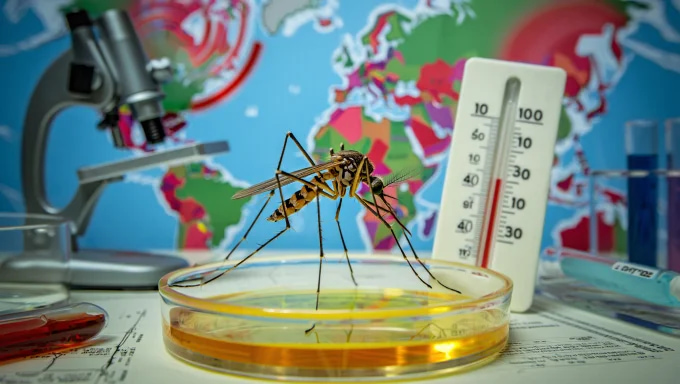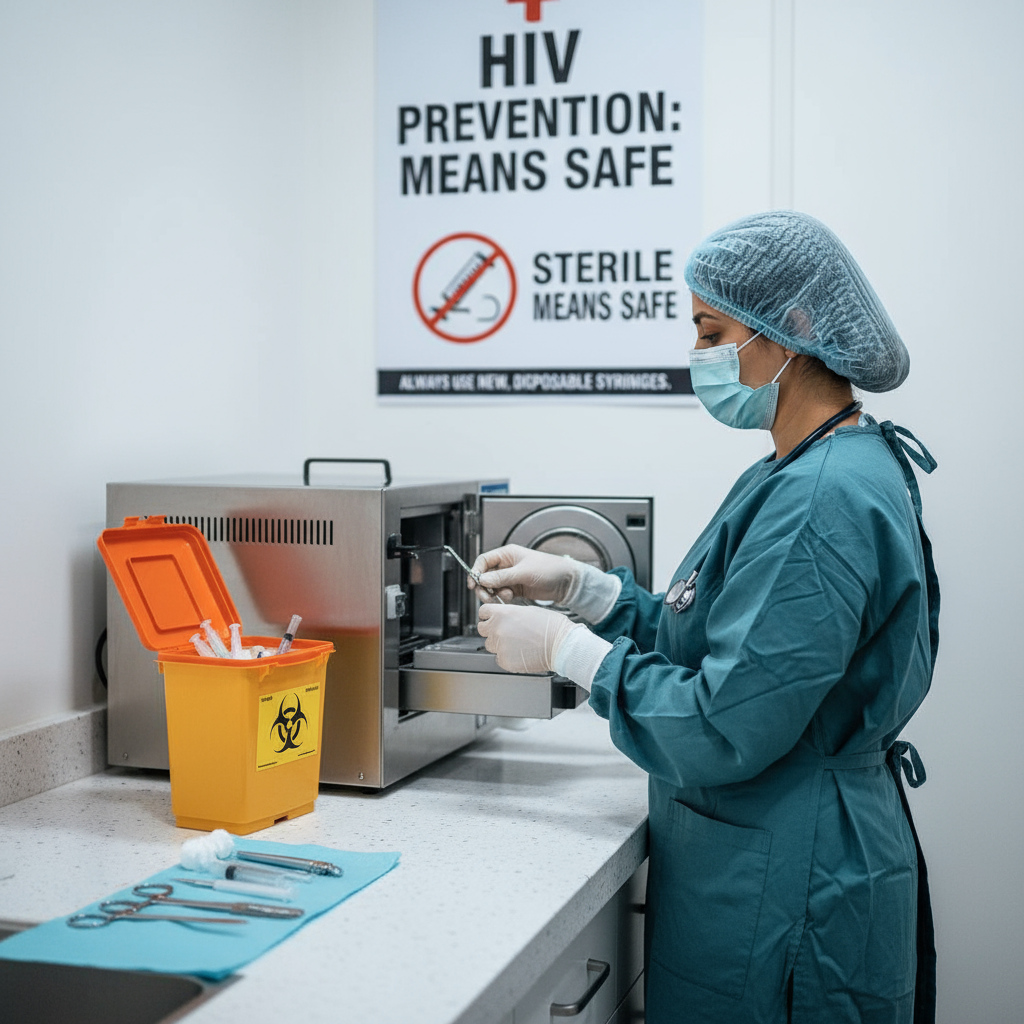Scientists caution that climate change is accelerating the spread of dengue fever, one of the most rapidly growing mosquito-borne diseases. Rising global temperatures and shifting rainfall patterns have created conditions in which Aedes aegypti and Aedes albopictus mosquitoes—the primary carriers of dengue—are thriving in areas that were once considered safe.
Warmer and wetter climates give mosquitoes longer lifespans and more breeding opportunities. Stagnant water from irregular rainfall provides perfect breeding sites, while rapid urbanization and poor drainage systems worsen the problem. As a result, dengue is no longer limited to tropical regions but is now emerging in parts of Europe, North America, and other temperate zones.
Health officials stress the urgency of the issue. According to the World Health Organization (WHO), nearly half of the global population is at risk of dengue. Millions of cases were recorded last year alone, overwhelming hospitals in several countries.
Typical symptoms include high fever, severe headaches, muscle pain, and in serious cases, internal bleeding. Since no targeted antiviral treatment exists, prevention is critical. Strategies include controlling mosquito populations, improving sanitation, and educating communities about reducing standing water near homes.
Experts emphasize that controlling dengue requires more than just public health measures—it demands action against global warming. They argue that reducing greenhouse gas emissions and designing climate-resilient cities will be vital in preventing further outbreaks.
As one researcher noted, “Global warming isn’t only about rising seas or melting ice—it’s also about diseases like dengue moving into our backyards.”
Global Warming Accelerates Dengue Fever Outbreaks Worldwide.






